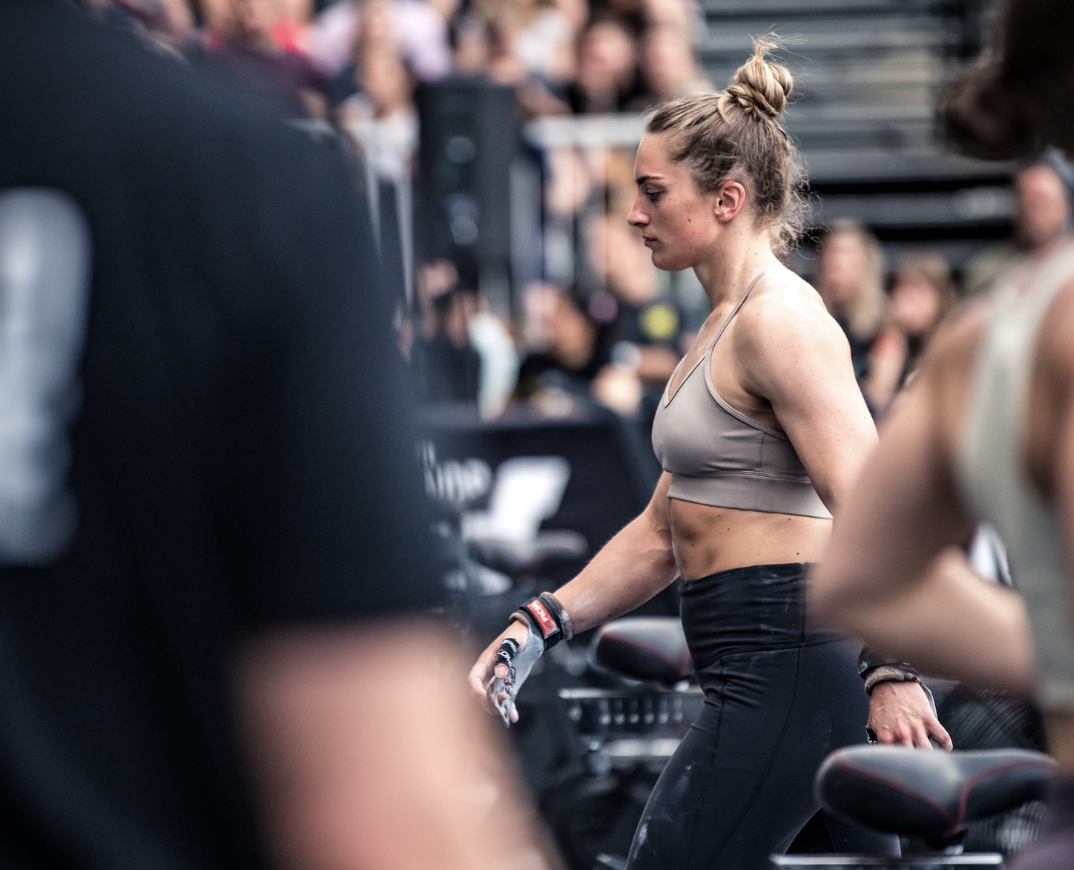Everything you need to know about Blue Light Glasses.
If you are on a zoom call with more than 10 people, I can almost guarantee you that someone or two will be wearing glasses. Are they prescription? Are they for fashion? Or are they for blocking blue light? Read on to learn more about the science and the origination of these glasses!
BLOCK THE BLUE LIGHT!
Blue light glasses have become increasingly popular in recent years as people look for ways to improve their health and protect themselves from the harmful effects of blue light exposure. This type of light is emitted by digital devices such as smartphones, laptops, and TVs, and has been linked to a range of health problems, including disrupted sleep, eye strain, and headaches. In this blog, we’ll explore the science behind blue light glasses, how they work, and why they’re becoming a critical component of many people’s health and wellness routines.
What is the Science Behind Blue Light Glasses?
Blue light has a short wavelength and high energy, which makes it particularly effective at penetrating the cornea and reaching the retina. This is why it has been linked to a range of health problems, including disrupted sleep, eye strain, and headaches. When we’re exposed to blue light late in the day, it can interfere with the production of the hormone melatonin, which regulates our sleep-wake cycle. This can make it more difficult to fall asleep and stay asleep, leading to chronic sleep deprivation and other related health problems.
Blue light glasses work by filtering out a portion of the blue light emitted by digital devices, which reduces its harmful effects. This can help to improve sleep quality, reduce eye strain, and prevent headaches. Some blue light glasses also incorporate anti-glare and UV protection, which can further improve eye health and comfort.
Where Did Blue Light Glasses Originate?
Blue light glasses have been around for several years, but they’ve only become popular in recent years as the use of digital devices has become more widespread. As people have become more aware of the potential harm posed by blue light exposure, they’ve started to seek out products that can help to mitigate its effects.
Do Blue Light Glasses Really Work?
There is growing evidence to support the effectiveness of blue light glasses in reducing the harmful effects of blue light exposure. Studies have found that blue light glasses can improve sleep quality, reduce eye strain, and prevent headaches. Additionally, several eye care professionals recommend blue light glasses as a way to improve eye health and reduce the risk of developing digital eye strain.
When Should I Wear Blue Light Glasses?
It’s recommended to wear blue light glasses in the evening, when exposure to blue light is most harmful to our sleep and health. Additionally, if you spend a lot of time in front of digital devices during the day, you may want to consider wearing blue light glasses then as well. Some people also find that they experience less eye strain and headaches when they wear blue light glasses, even if they’re not using digital devices.
Are There Any Famous Athletes Who Use Blue Light Glasses?
Yes, many athletes are using blue light glasses to improve their sleep quality and reduce the risk of developing digital eye strain. This is because sleep is a critical component of athletic performance, and blue light glasses can help to improve sleep quality and reduce the risk of developing health problems that can impact athletic performance.
Read here about the entire NBA team, the Knicks taking this on as a team mission. LINK
Drinking the blues away
In addition to blue light glasses, there are other ways to improve your health and wellness, including incorporating FITAID drinks into your routine. FITAID drinks are the best drink for active recovery days and post-workout routines and contain no artificial sweeteners, with no sucralose or aspartame or Ace-K. They also contain clean caffeine from green tea extract, which can help to improve focus and energy levels. The vitamins in FITAID, such as turmeric, glucosamine, vitamin B12, and BCAAs, help aid muscle recovery, making them a great choice for athletes and fitness enthusiasts.
References and such:
The science behind blue light glasses is centered around the idea that prolonged exposure to blue light from electronic devices can disrupt our circadian rhythm, leading to negative effects on our sleep, mood, and overall health. The blue light glasses work by blocking or filtering out a portion of the blue light that we are exposed to, reducing the potential harm caused by prolonged exposure.
Some scientific studies have shown that wearing blue light glasses before bedtime can improve sleep quality and mood. A study published in the Journal of Adolescent Health found that wearing blue light blocking glasses for two hours before bedtime led to improved sleep, compared to not wearing the glasses (Challet et al., 2017). Another study published in the journal Sleep Medicine found that wearing blue light blocking glasses in the evening improved mood, alertness, and sleep quality (Gringras et al., 2015).
It is important to note that the effectiveness of blue light glasses can vary based on several factors, such as the individual’s age, the specific type of blue light glasses, and the extent of blue light exposure. While more research is needed to fully understand the impact of blue light on our health and the effectiveness of blue light glasses, current evidence suggests that they can be a useful tool for reducing the harmful effects of blue light exposure.




























